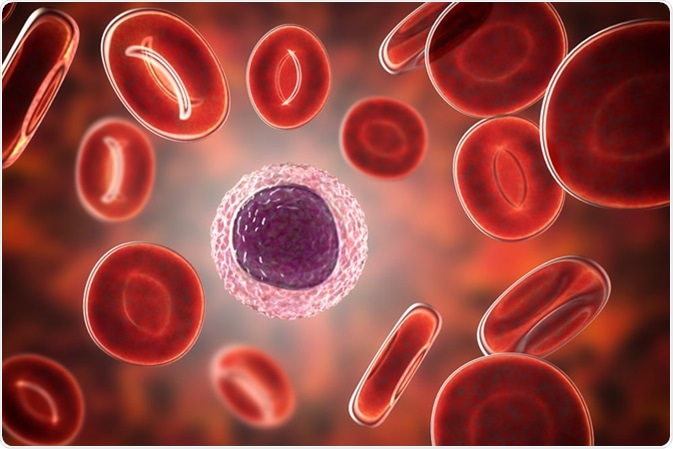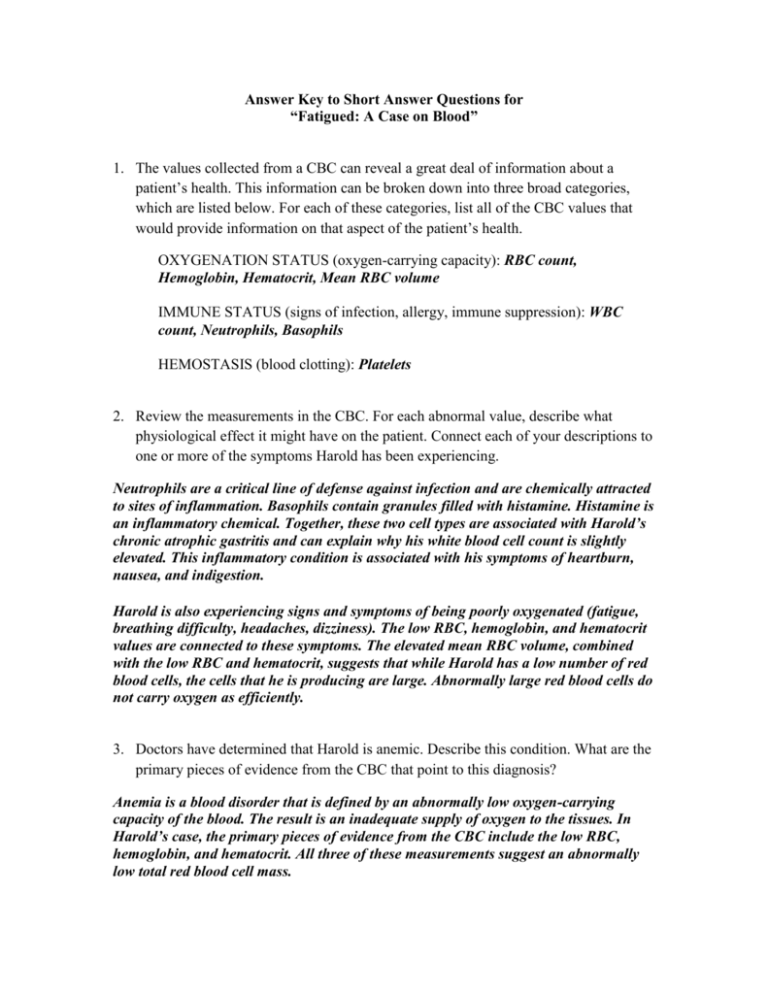

Blood samples (3 ml) were drawn from the antecubital vein 8–10 h after fasting and collected in EDTA anticoagulated tubes for hematocrit measurements. Healthy subjects randomly selected from a middle-income neighborhood in Durango, Mexico, who were aged ≥35 years and not hypertensive (MAP 126 mg/dl when fasting and were excluded from the control group. To test this hypothesis, we studied MAP and hematocrit in diabetic patients and compared this population with healthy control subjects. Given these precedents, we hypothesize that a population that presents endothelial dysfunction should be less capable of compensating for the natural variability in hematocrit and therefore show a correlation between MAP and hematocrit. ( 9) showed that hematocrit is inversely related to small-vessel endothelial-dependent dilatation (and therefore to endothelial viability) by comparing the responses to the injection of acethylcholine and sodium nitropruside (SNP) in the forearm of a diabetic and a control nondiabetic population. The healthy population presents a range of hematocrit due to environmental adaptation, diet, and genetic predisposition therefore, endothelial responses to the potentially changed shear stress should be a factor in autoregulating MAP with the result that in healthy individuals MAP should be essentially independent of moderate changes in hematocrit. Hemoglobin is a scavenger of NO therefore, increased hematocrit should in principle compete with vasodilation due to increased shear stress, but this effect did not appear to be significant in the experiments of Martini et al.

In the same study, hematocrit augmentation in endothelial NO synthase knockout mice that do not produce NO via endothelial NO synthase did not cause vasodilatation thus, the link between hematocrit, blood viscosity, shear stress, and the regulation of MAP is well established.

( 8), who found significantly elevated plasma NO concentrations in animals pretreated with the NO synthase inhibitor l- N G-nitro- l-arginine methyl ester compared with untreated animals. The relationship between blood viscosity and MAP was shown to be mediated by NO production by Martini et al. Therefore, changes in blood viscosity are potentially powerful mediators of peripheral vascular resistance. These findings also suggest that the treatment of diabetes should target maintaining an optimal hematocrit in order to lower cardiovascular risk.Ī critical issue is that variations in hematocrit and therefore blood viscosity change shear stress on the endothelium and, therefore, the production of vasoactive materials such as nitric oxide (NO), prostacyclin, and endothelin, which have a direct effect on microvascular diameter. High blood pressure, low hematocrit diabetic subjects up to the minimum average hematocrit of 0.43 had a negative correlation ( P < 0.0001) between these variables.ĬONCLUSIONS-Our findings are compatible with the hypothesis that diabetic patients present normal responses to hematocrit variation and therefore blood viscosity and shear stress in mediating the release of vasodilators and lack the ability to autoregulate blood pressure relative to differences in hematocrit by comparison to nondiabetic subjects. Hematocrit of normal control subjects (range 0.28–0.55) was uncorrelated to blood pressure (averaged 99.7 ± 9.7 mmHg). RESULTS-The hematocrit of diabetic patients ranged from 0.35 to 0.52, and blood pressure had a bimodal distribution described by a second-order polynomial ( P < 0.001), whereby elevated pressures correlated with low and high hematocrit, while the minimum average pressure was at hematocrit 0.43. Alcohol consumption, ischemic heart disease, stroke, neoplasia, renal, hepatic, and chronic inflammatory disease were exclusion criteria.

RESEARCH DESIGN AND METHODS-Data on hematocrit and blood pressure were obtained from 129 diabetic subjects (87 women and 42 men) and 103 healthy subjects (76 women and 27 men) enrolled in a cross-sectional study. OBJECTIVE-To investigate the relationship between mean arterial blood pressure and hematocrit in a population of treated diabetic patients and a control population of healthy individuals. Institutional Subscriptions and Site Licenses.Special Edition Series: Disrupting Therapeutic Inertia in Diabetes Management.Special Edition: SGLT2 Inhibitors and Diabetic Kidney Disease.Special Edition Series: SGLT2 Inhibitors in Type 2 Diabetes: Cardiovascular and Renal Outcomes.Special Edition Series: Diabetes and Influenza.Special Edition: Painful Diabetic Peripheral Neuropathy.Special Edition Series: COVID-19 and Diabetes.ADA Standards of Medical Care, Abridged.


 0 kommentar(er)
0 kommentar(er)
